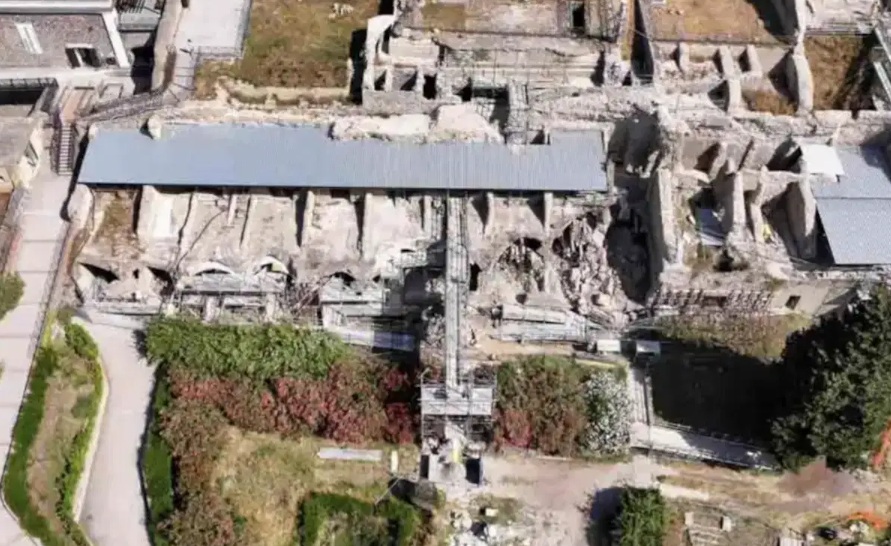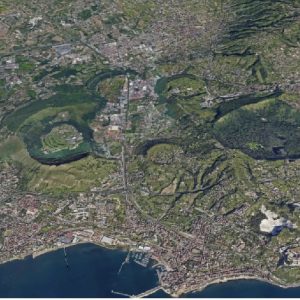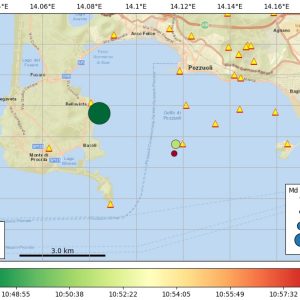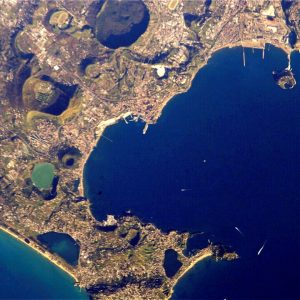A partial collapse occurred at the Pompeii archaeological site on 5 June, following a series of small earthquakes in the Campi Flegrei area. The tremors, which reached a maximum magnitude of 3.2, were strongly felt in Naples and surrounding areas.
According to the Pompeii Archaeological Park, the collapse affected a wall and part of a vaulted ceiling in the Insula Meridionalis area. This section of the ancient city had already suffered damage during the 1980 Irpinia earthquake and was under active restoration when the incident occurred.
No injuries were reported. Authorities confirmed that the affected area contains no frescoes or movable artefacts. It was immediately cordoned off for safety, and technical assessments are under way to determine the causes and any potential ongoing risks.
While a direct link between the seismic swarm and the structural failure has not yet been confirmed, experts are investigating the possible connection. “Pompeii is a fragile site,” said site director Gabriel Zuchtriegel. “We are conducting thorough checks to assess any further damage caused by this morning’s quake.”
Wednesday’s tremors are part of ongoing seismic activity in the Campi Flegrei region, which is closely monitored due to its geological volatility, particularly around Pozzuoli and the Solfatara area. The phenomenon of bradyseism, the gradual rise and fall of the ground, is especially concerning for historically and structurally sensitive areas like Pompeii.
Evaluations of structures underway
In response to the collapse, the park has activated an extraordinary inspection protocol. This includes systematic evaluations by both internal staff and external experts, already tasked with monitoring Pompeii’s 13,000 structures. The inspections are supported by a custom digital platform that tracks the condition of walls, roofs, and decorative elements across the site.
This system forms part of a broader strategy to prioritise maintenance and prevent structural failures. The park is also working closely with Italy’s National Institute of Geophysics and Volcanology (INGV) to better understand how seismic activity may affect the site’s ancient buildings.





